
下载亿题库APP
联系电话:400-660-1360

下载亿题库APP
联系电话:400-660-1360

请谨慎保管和记忆你的密码,以免泄露和丢失

请谨慎保管和记忆你的密码,以免泄露和丢失

小伙伴们,雅思考试大家复习的怎么样了呢?下面是帮考网分享的雅思考试阅读部分的练习题,一起来看看吧!
雅思阅读练习及答案:
Don’t wash those fossils!
Standard museum practice can wash away DNA.
1. Washing, brushing and varnishing fossils — allstandard conservation treatments used by manyfossil hunters and museum curators alike — vastlyreduces the chances of recovering ancient DNA.
2. Instead, excavators should be handling atleast some of their bounty with gloves, and freezingsamples as they are found, dirt and all, concludes apaper in the Proceedings of the National Academy of Sciences today.
3. Although many palaeontologists know anecdotally that this is the best way to up theodds of extracting good DNA, Eva-Maria Geigl of the Jacques Monod Institute in Paris, France,and her colleagues have now shown just how important conservation practices can be. Thisinformation, they say, needs to be hammered home among the people who are actually out inthe field digging up bones.
4. Geigl and her colleagues looked at 3,200-year-old fossil bones belonging to a singleindividual of an extinct cattle species, called an aurochs. The fossils were dug up at a site inFrance at two different times — either in 1947, and stored in a museum collection, or in 2004,and conserved in sterile conditions at -20 oC.
5. The team’s attempts to extract DNA from the 1947 bones all failed. The newly excavatedfossils, however, all yielded DNA.
6. Because the bones had been buried for the same amount of time, and in the sameconditions, the conservation method had to be to blame says Geigl. "As much DNA wasdegraded in these 57 years as in the 3,200 years before," she says.
Wash in, wash out
7. Because many palaeontologists base their work on the shape of fossils alone, theirmethods of conservation are not designed to preserve DNA, Geigl explains.
8. The biggest problem is how they are cleaned. Fossils are often washed together on-sitein a large bath, which can allow water — and contaminants in the form of contemporary DNA— to permeate into the porous bones. "Not only is the authentic DNA getting washed out,but contamination is getting washed in," says Geigl.
9. Most ancient DNA specialists know this already, says Hendrik Poinar, an evolutionarygeneticist at McMaster University in Ontario, Canada. But that doesn’t mean that best practicehas become widespread among those who actually find the fossils.
10. Getting hold of fossils that have been preserved with their DNA in mind relies on closerelationships between lab-based geneticists and the excavators, says palaeogeneticist Svante Pbo of the Max Planck Institute for Evolutionary Anthropology in Leipzig, Germany. And that onlyoccurs in exceptional cases, he says.
11. P bo’s team, which has been sequencing Neanderthal DNA, continually faces theseproblems. "When you want to study ancient human and Neanderthal remains, there’s a bigissue of contamination with contemporary human DNA," he says.
12. This doesn’t mean that all museum specimens are fatally flawed, notes P bo. TheNeanderthal fossils that were recently sequenced in his own lab, for example, had been part of amuseum collection treated in the traditional way. But P bo is keen to see samples of fossilsfrom every major find preserved in line with Geigl’s recommendations — just in case.
Warm and wet
13. Geigl herself believes that, with cooperation between bench and field researchers,preserving fossils properly could open up avenues of discovery that have long been assumedclosed.
14. Much human cultural development took place in temperate regions. DNA does notsurvive well in warm environments in the first place, and can vanish when fossils are washedand treated. For this reason, Geigl says, most ancient DNA studies have been done onpermafrost samples, such as the woolly mammoth, or on remains sheltered from the elementsin cold caves — including cave bear and Neanderthal fossils.
15. Better conservation methods, and a focus on fresh fossils, could boost DNAextraction from more delicate specimens, says Geigl. And that could shed more light on thestory of human evolution.
(640 words nature)
好了,以上就是今天分享的全部内容了,各位小伙伴根据自己的情况进行查阅,希望本文对各位有所帮助,预祝各位取得满意的成绩,如需了解更多相关内容,请关注帮考网!
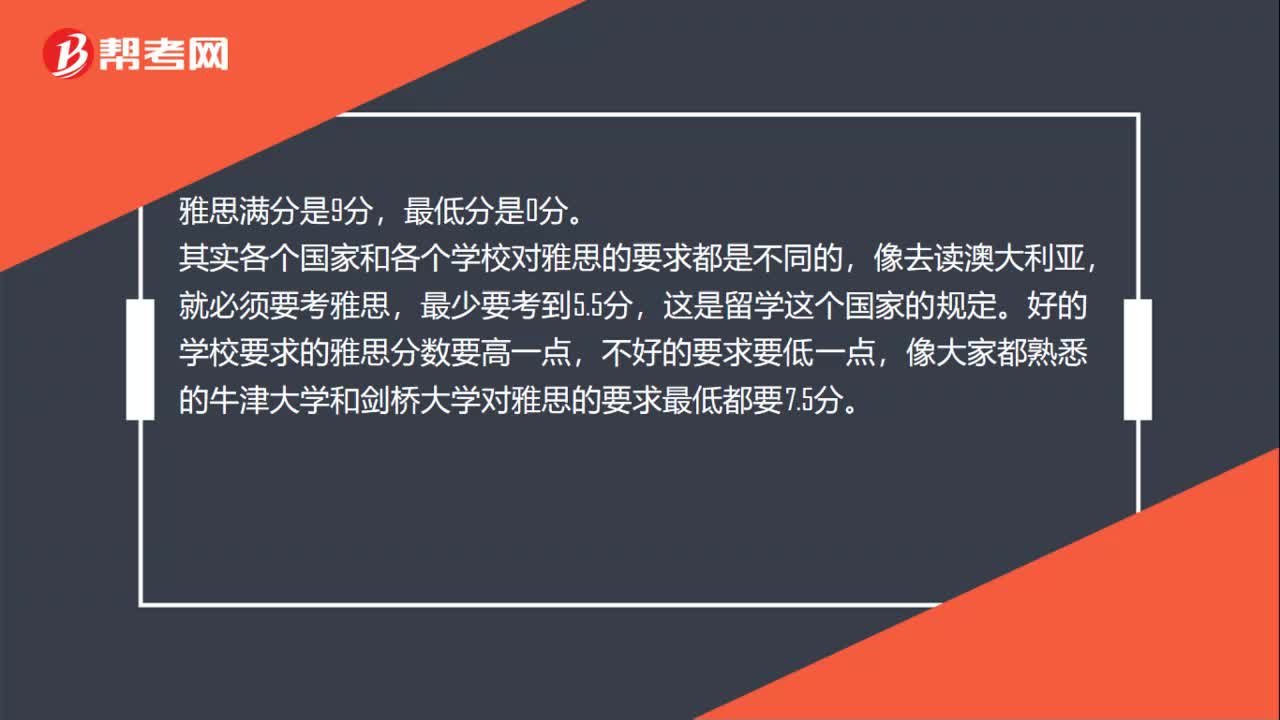 36
36雅思考试总分是多少?:雅思考试总分是多少?雅思满分是9分,最低分是0分。其实各个国家和各个学校对雅思的要求都是不同的,像去读澳大利亚,就必须要考雅思,最少要考到5.5分,这是留学这个国家的规定。好的学校要求的雅思分数要高一点,不好的要求要低一点,像大家都熟悉的牛津大学和剑桥大学对雅思的要求最低都要7.5分。
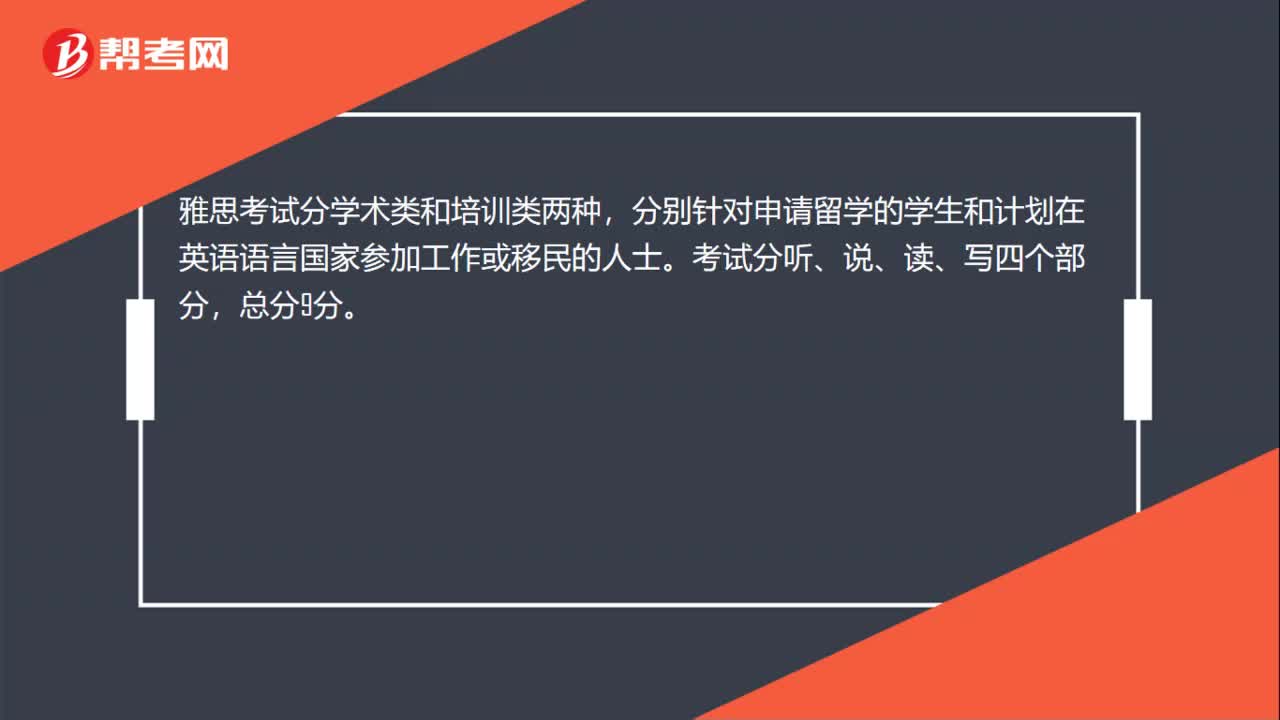 21
21雅思考试有几种类型?:雅思考试有几种类型?雅思考试分学术类和培训类两种,分别针对申请留学的学生和计划在英语语言国家参加工作或移民的人士。考试分听、说、读、写四个部分,总分9分。
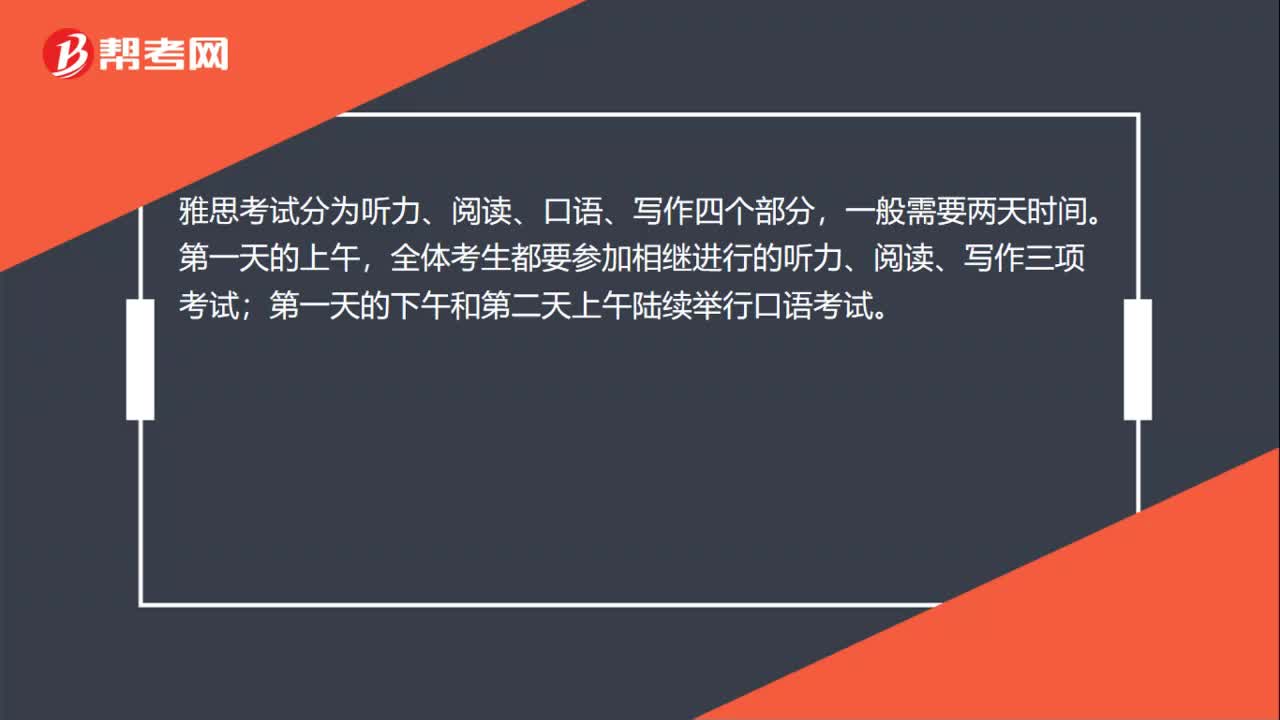 26
26雅思考试内容有哪些?:雅思考试内容有哪些?雅思考试分为听力、阅读、口语、写作四个部分,一般需要两天时间。第一天的上午,全体考生都要参加相继进行的听力、阅读、写作三项考试;第一天的下午和第二天上午陆续举行口语考试。
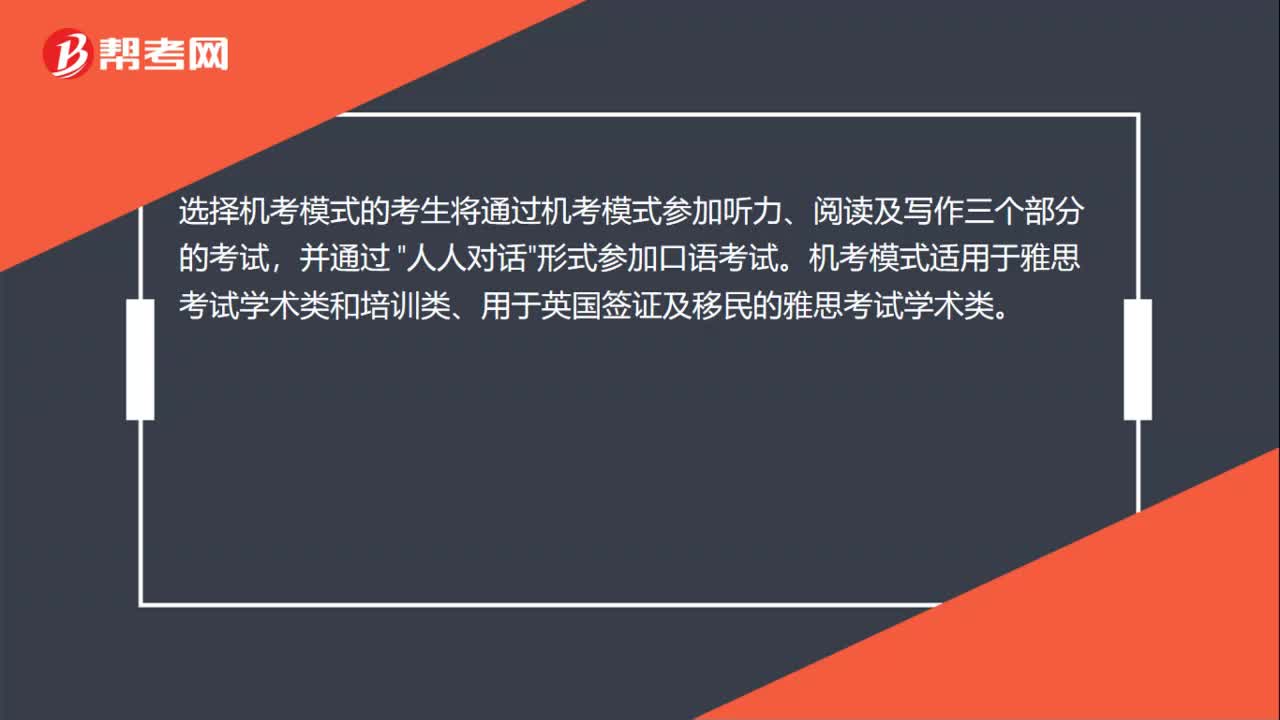 01:24
01:242020-06-01
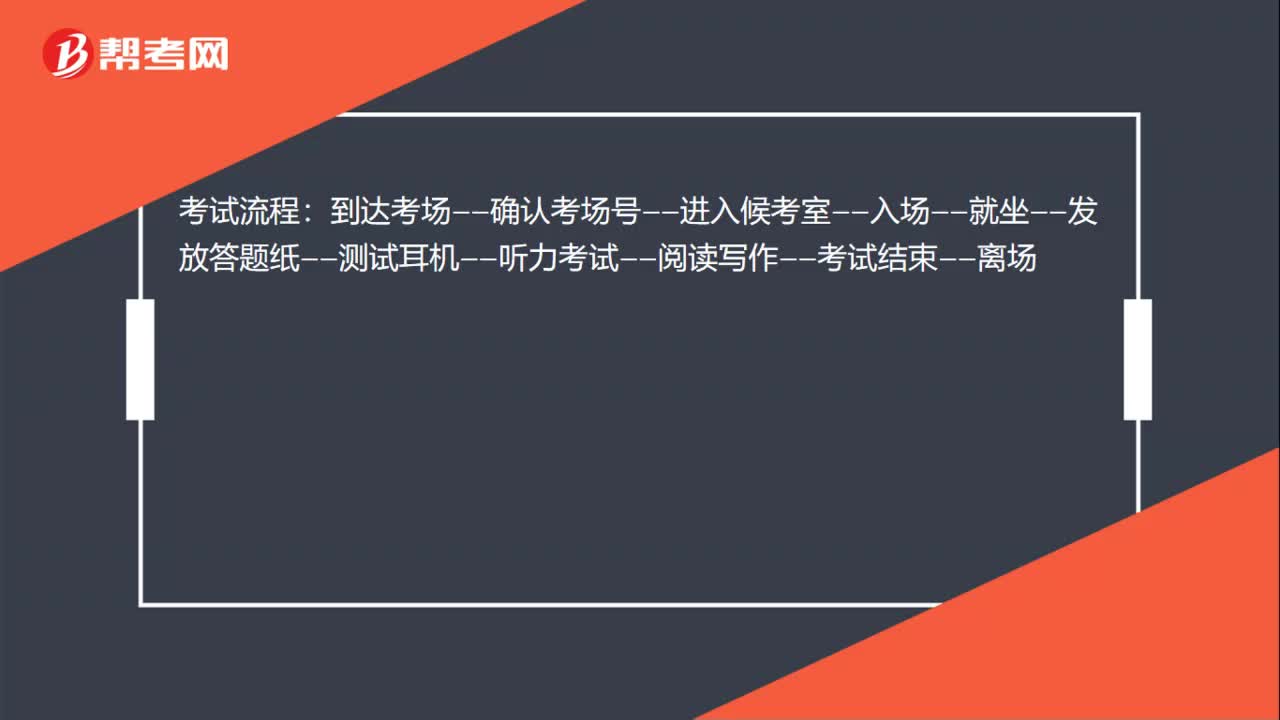 01:16
01:162020-06-01
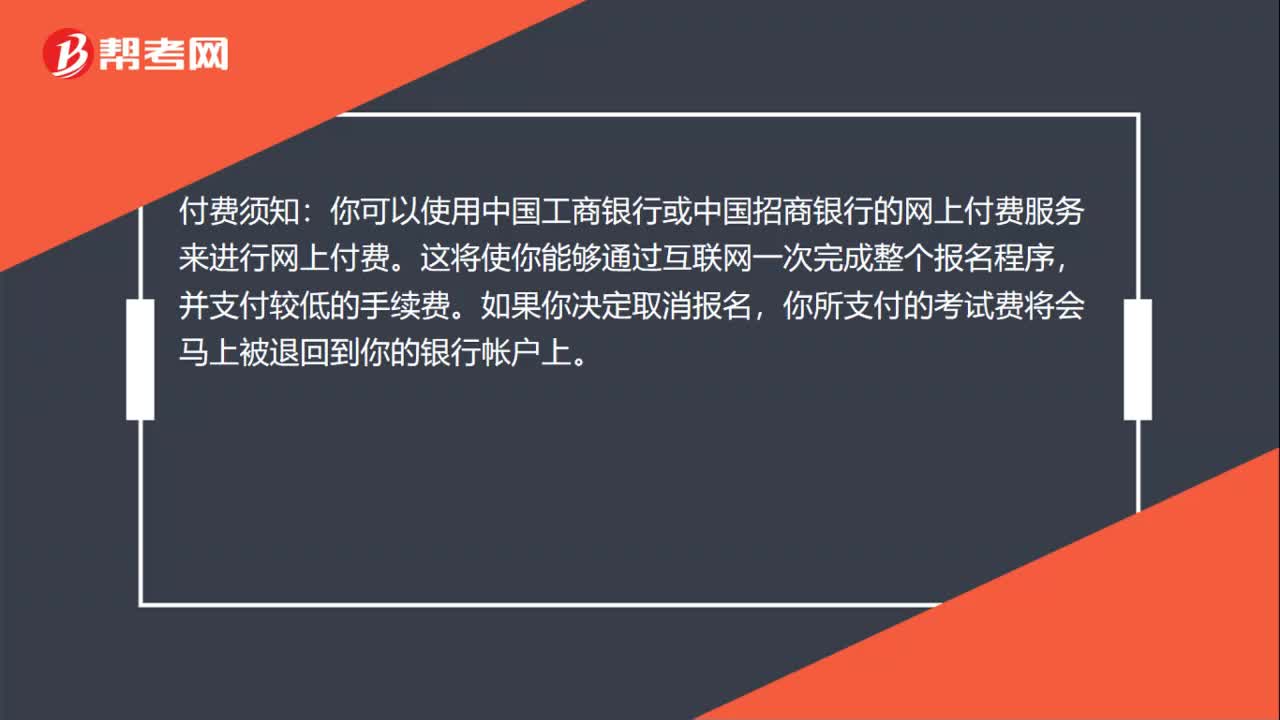 02:06
02:062020-06-01
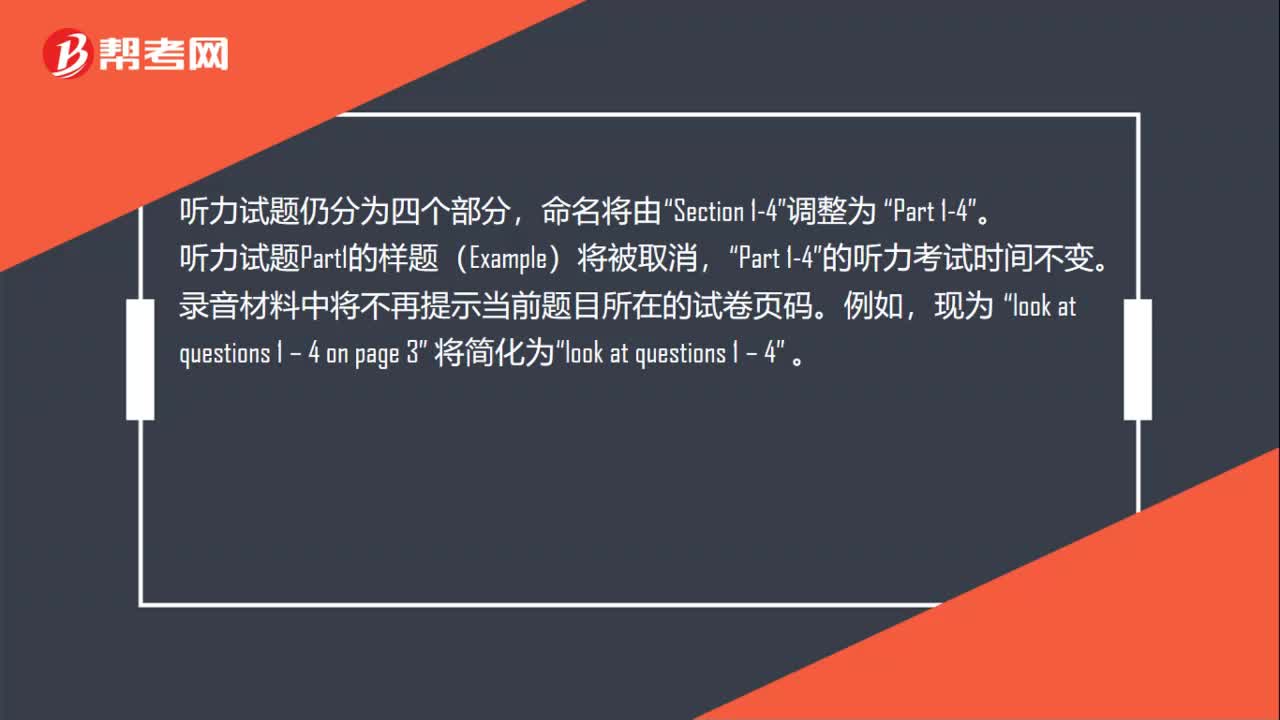 01:06
01:062020-06-01

微信扫码关注公众号
获取更多考试热门资料